What if I told you that chances are, each and every week, you’re consuming up to 5 grams of plastic? Yep, you read that right – it’s estimated that the average person consumes about a credit card's worth of plastic every single week!
You’re probably wondering how on earth that could be true. You see, all the plastic we use – from the straws we drink from to the furniture we sit on – eventually breaks down into tiny particles that can make their way into our environment. And from there, they can make their way onto your dinner plate.
Today we're going to dive into exactly what microplastics are, what threat they might pose to human health, and most importantly – what you can do to protect yourself.
What Are Microplastics?
Microplastics are exactly what the name implies – tiny particles of plastic. There are technically two categories of microplastics: primary and secondary.
- Primary microplastics refer to plastics that were intentionally made small, like the tiny plastic beads found in facial scrubs, toothpaste, soap and industrial abrasives.
- Secondary microplastics are formed when tiny plastic fragments degrade and break off from larger plastic products like plastic bags or beverage bottles.1
But regardless of where a particle of plastic comes from,, the real problem is the inevitable continuous breakdown of all plastics. Meaning these itty bitty flecks of plastic are ending up in places you’d never expect.
Where Do Microplastics Come From?
Microplastics originate from anything that incorporates plastic. While more obvious plastic products might come to mind – like grocery bags, food storage containers, and soda bottles – the truth is, plastic is hiding in more places than you might realize. Plastics are used in everything from electronics to carpets and from cosmetics to household paint.
This abundance of plastic has resulted in innovative and helpful technology and products that have certainly improved the quality of our lives. But the dark side of this convenience and advancement is that over time, all of this plastic begins to break down.
And from there it makes its way into our environment – and eventually into our bodies.
Microplastics in the Ocean
Microplastics can be found far and wide – from the sandy beaches of the Maldives to the snowy ice caps of the Arctic. You see, once microplastic particles break away, they make their way into the soil, air, and water and spread across the planet where they begin accumulating and working their way up the food chain. This process is clearly demonstrated in our ocean system, which is especially vulnerable to microplastic contamination for a few reasons:2,3,4
- The ocean unfortunately acts as a “toilet bowl” for our waste as rain, wind, streams, and storm drains transport plastic from littering and landfills and deposit it directly into our oceans.
- The plastic beads that are so commonly found in many popular facial scrubs, toothpastes, and soaps end up being rinsed down the drain and directly into our water sources and eventually into the ocean.
- Plastic fishing nets used in commercial fishing are oftentimes abandoned in the ocean where they slowly break down. This creates a vicious cycle – the more seafood we eat, the more nets are abandoned and the more plastics that fish ingest.
These factors create the perfect storm, resulting in a tremendous amount of plastic waste polluting our oceans. In fact, scientists speculate that anywhere from 4.8 to a whopping 12.7 million metric tons of plastic entered the ocean in 2010.5 And the waste we generate globally is accumulating faster than urbanization, the problem of plastic pollution is only multiplying.
Microplastics in Seafood
Because the ocean has essentially become a catch-all for much of our waste, it’s no surprise that seafood is notorious for containing disturbingly high levels of pollutants. And the biggest and fattiest fish that are near the top of the food chain tend to contain the highest levels of toxins.
This is because once small species like plankton and mussels ingest microplastics and other pollutants, they’re passed on to the animal that eats them. Then that animal passes it on to its prey. And so on and so forth – with more and more plastic accumulating in each animal as we move up the food chain. This accumulation can spell trouble for our health as these microplastics make their way onto our dinner plates.
And this problem is further compounded by the fact that much of the seafood consumed in the United States is imported from other countries – particularly Asia. And because these foreign waters are not monitored by the Environmental Protection Agency or any other health standards organization, much of this imported seafood is harvested from highly contaminated waters.6
Why Are Microplastics so Dangerous?
Plastics are incredibly useful in countless modern applications. However, to achieve this level of usefulness, a conglomeration of chemical additives are used to achieve the specific aesthetic and performance properties required of the plastic products. Many of these additives are known to be detrimental to human health and include toxic compounds such as:7,8
- BPA’s: Also known as bisphenol a, this chemical mimics estrogen in your body and can disrupt your hormone balance leading to conditions like infertility, cancer, and metabolic disorders.
- Phthalates: Phthalates have been documented to be known endocrine disruptors, interfering with endocrine system hormones and signaling. They’ve also been identified as a potential carcinogen, meaning they can cause cancer.
- Heavy metals: We’ve known for a long time that heavy metals such as cadmium, lead, aluminum, and others have a wide range of toxic effects. The accumulation of heavy metals has been linked to organ damage in nearly every body system, including the brain and kidneys. Heavy metals can also cause cancer and birth defects.
As microplastic pollution increases and these particles make their way into your body, they can actually weasel their way directly into your tissues and even your individual cells. As these microscopic plastics accumulate they not only trigger inflammation, but these toxic chemicals begin leaching out of the plastic and directly into your cells.
So, if microplastics in humans can have such serious health implications and they seem to be just about everywhere you turn, you’re probably wondering what you can do to protect yourself.
Manage Your Seafood Health Risk
Considering that the accumulation of microplastics seems to be amplified in our ocean systems, it’s no surprise that microplastics found in fish and other fresh seafood are often a significant source of microplastic exposure. But don’t worry, just because seafood seems to have higher levels of microplastics doesn’t necessarily mean you have to give up your favorite ocean-sourced meals.
The consensus is that the benefits of eating seafood currently outweigh the risks. But the caveat to that is that this refers to seafood that originated in the U.S. where it has been thoroughly tested and does not necessarily encompass imported seafood. Regardless of where your seafood is sourced from, the truth of the matter is that the levels of plastic in seafood can be significantly elevated. So it’s a good idea to limit your intake of fresh seafood to several times a week rather than eating it on a daily basis.
And fortunately, enjoying seafood in moderation isn’t the only way to combat microplastics. Let’s take a look at some other simple steps you can take to protect yourself from these microscopic menaces.
How to Protect Yourself From Microplastics
It’s impossible to completely avoid exposure to microplastics. However, implementing some tiny lifestyle tweaks can help minimize your exposure and boost your body’s ability to detox from these tiny plastics. Here’s what I suggest:
- Minimize plastic use: Ditch plastic products when possible and opt for glass, steel, porcelain, paper, bamboo, or other plastic-free options when you can.
- Opt for “clean” beauty products: Look for natural, organic, BPA free, and oxybenzone free products. If you’re not sure where to start, you can check out my Dr. Jill skin and personal care line right here. You can even get 10% off your first order by clicking right here.
- Keep your diet fresh: Foods that have been packaged and stored in plastic packaging are more likely to be contaminated with microplastics. Build your meals around fresh, whole food – like fresh fruits and veggies, healthy fats, and high-quality proteins. This will not only minimize your exposure, but it’ll also boost your body’s ability to detox from toxic compounds. I’ve got tons of fresh, healthy, and delicious recipes that you can check out here.
- Reduce your overall toxic burden: Microplastics are far from the only toxins we’re exposed to on a daily basis. Things like EMFs, indoor-air pollution, contaminated water, and countless other toxins add to your overall toxic burden. Taking steps to decrease your overall exposure to these toxic compounds will help your body more effectively filter out the toxins that are unavoidable.
- Boost your natural detox pathways: In addition to reducing the amount of toxins coming into your body, it can also help to boost your body’s own natural detoxification abilities. Some of the most powerful ways to enhance your natural detoxification pathways include PEMF therapy, infrared saunas, and IV vitamin therapy.
- Add in some detox-boosting supplements: You can further amplify your natural detox abilities by incorporating some detox-boosting supplements. I recommend probiotics and collagen to support a healthy gut, glutathione and Vitamin C to boost your antioxidant levels, and detox binders to help remove any free-floating toxins.
These steps are simple, but they’re powerfully effective ways to protect yourself from the toxic effects of not only microplastics but also the barrage of countless toxins we encounter on a daily basis.
So, How Worried Should I Be When It Comes to Microplastics?
Microplastics are certainly a growing health concern as our reliance on plastic is not slowing down anytime soon. It can be unsettling to learn that toxins seem to be lurking everywhere we turn. But the good news is, you are not at the mercy of your environment.
While it’s true that we live in an increasingly toxic world and our exposure levels are inevitably rising, you have so much power over your health and well-being. Following the steps outlined in this article, and simply prioritizing your overall health, are powerful weapons against the barrage of toxins we face on a daily basis.
When it comes to your health, you are your own best advocate. Prioritizing healthy choices regarding how you eat, sleep, move, and think is hands down the best way to experience the vibrant health and longevity we all deserve.
So if you enjoyed this article and are looking for more ways to prioritize your health, I encourage you to head over and check out my blog. It’s full of helpful resources to take the overwhelm out of healthy living. And if you're ready to take it even deeper, you can sign up for my newsletter by simply entering your name and email address in the form below.
Now it’s time to hear from you. Were you surprised to learn that you may be consuming microplastics on a daily basis? What steps are you taking to protect yourself from microplastics? Leave your questions and thoughts in the comments below!
References:
- microplastics | Definition, Properties, & Plastic Pollution | Britannica
- Microplastics: what they are and how you can reduce them | Natural History Museum (nhm.ac.uk)
- A Guide to Plastic in the Ocean (noaa.gov)
- How Plastic In The Ocean Is Contaminating Your Seafood : The Salt : NPR
- Plastic waste inputs from land into the ocean | Science (sciencemag.org)
- GAO-12-933, Food Safety: FDA Can Better Oversee Food Imports by Assessing and Leveraging Other Countries' Oversight Resources
- A Detailed Review Study on Potential Effects of Microplastics and Additives of Concern on Human Health (nih.gov)
- Microplastic–toxic chemical interaction: a review study on quantified levels, mechanism and implication | SpringerLink
* These statements have not been evaluated by the Food and Drug Administration. The product mentioned in this article are not intended to diagnose, treat, cure, or prevent any disease. The information in this article is not intended to replace any recommendations or relationship with your physician. Please review references sited at end of article for scientific support of any claims made.
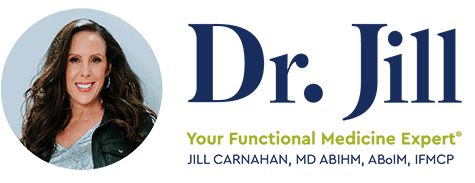



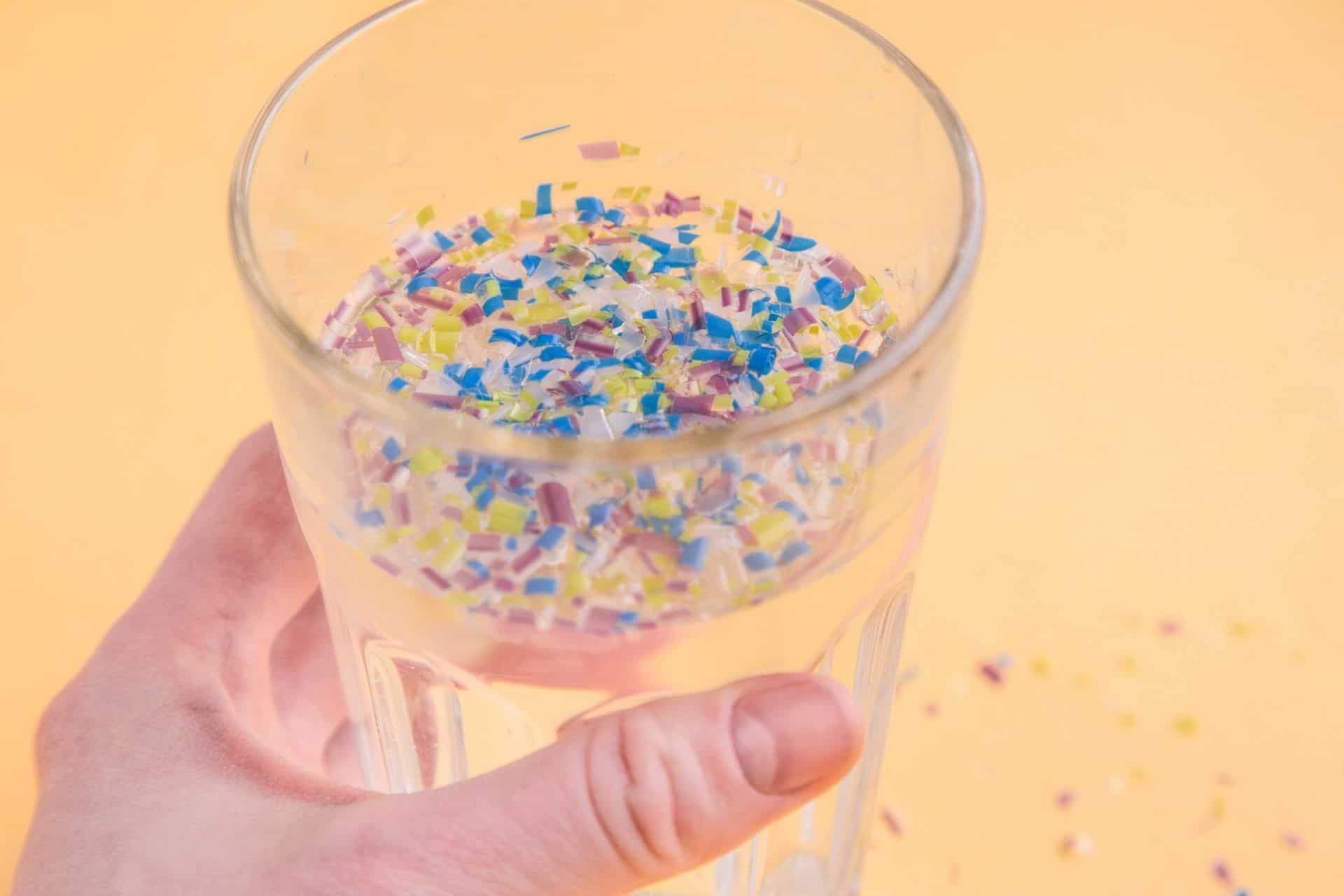

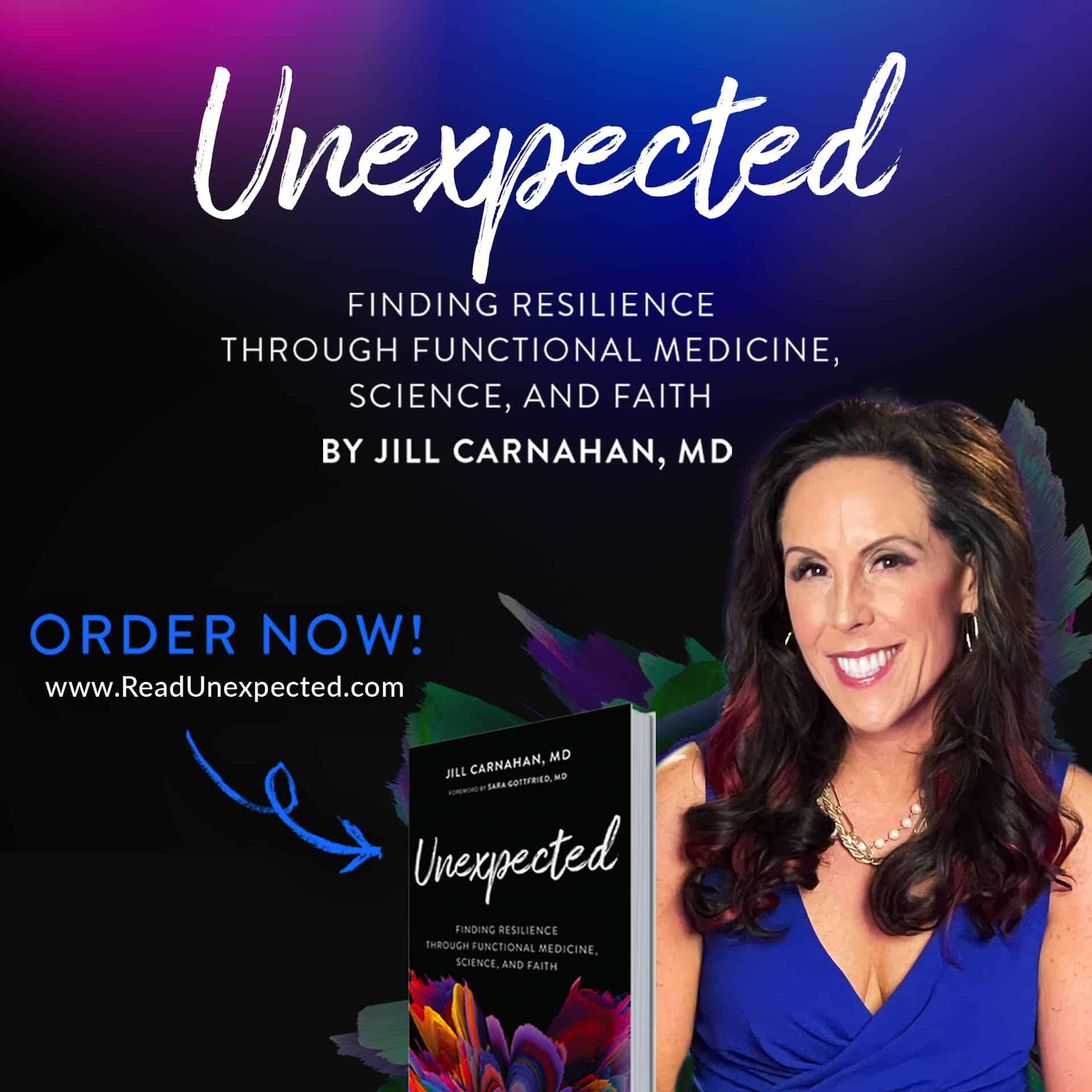

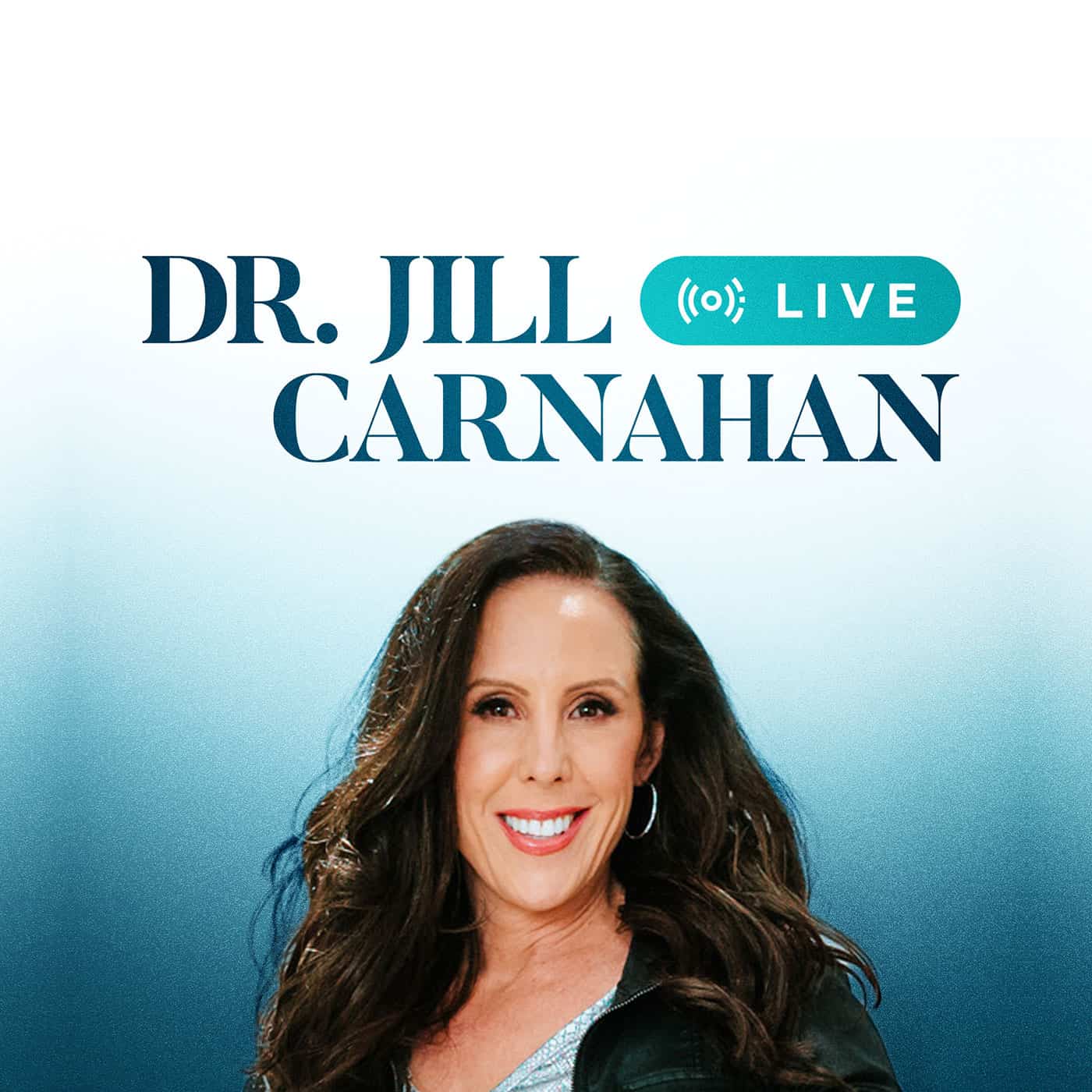
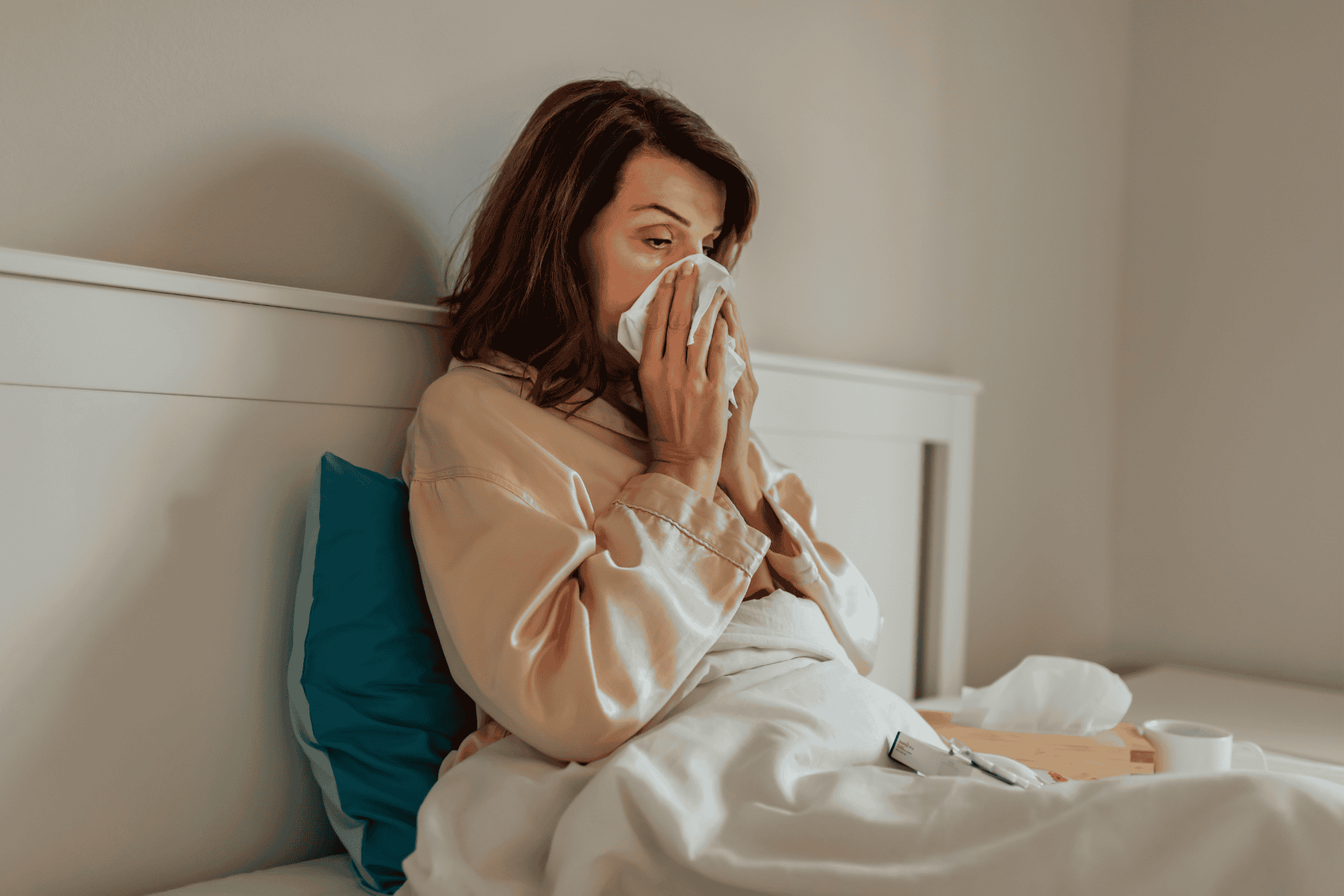

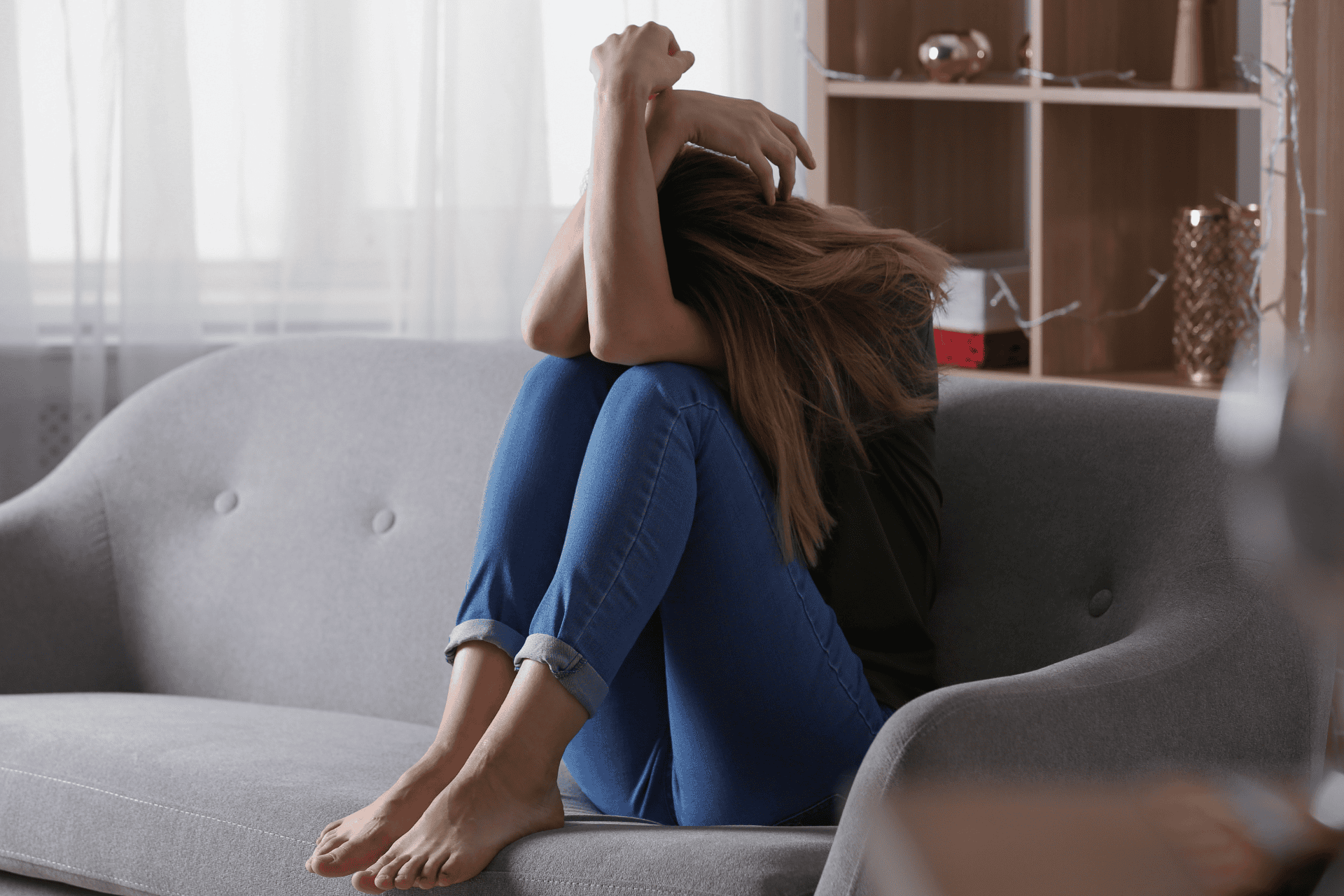
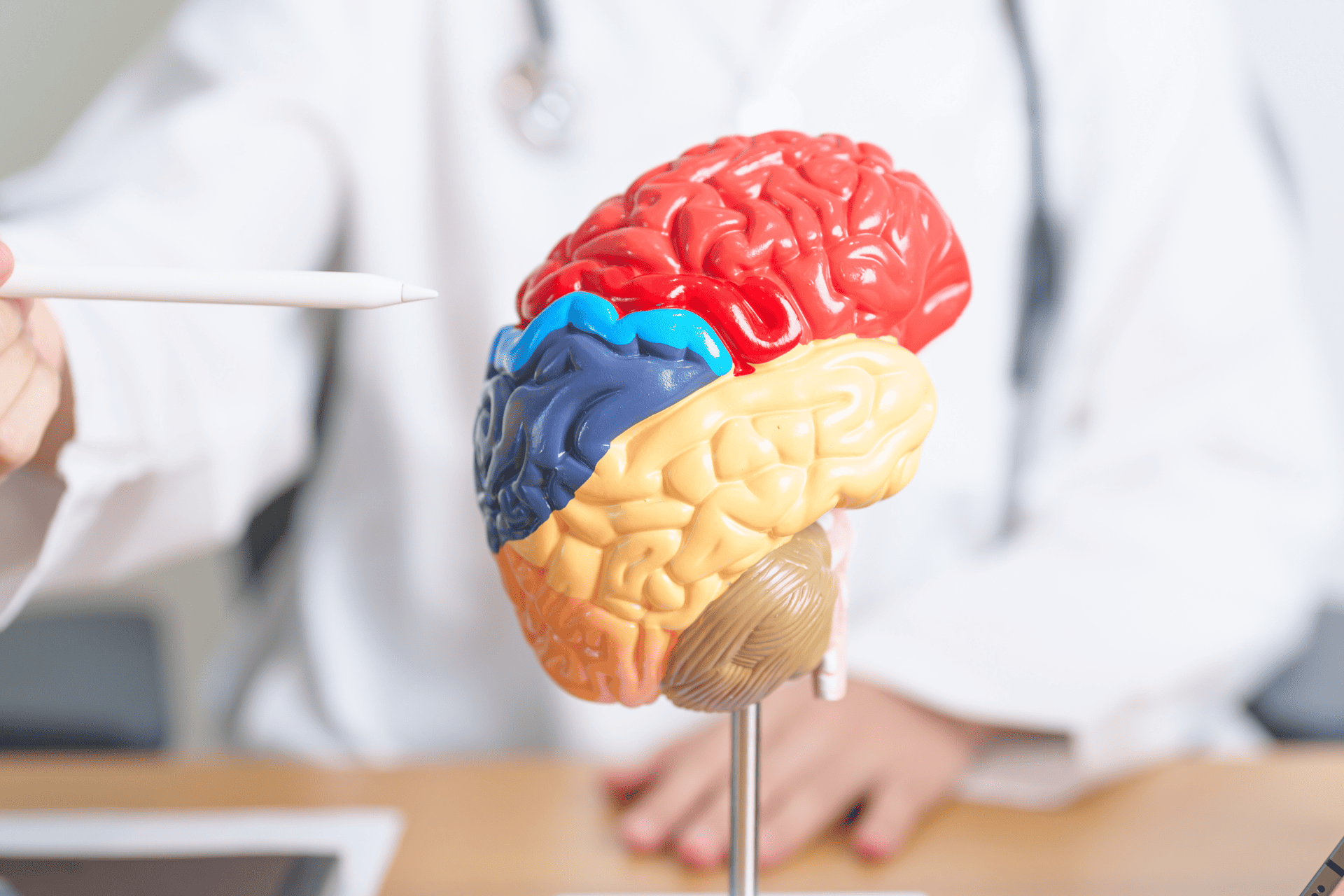
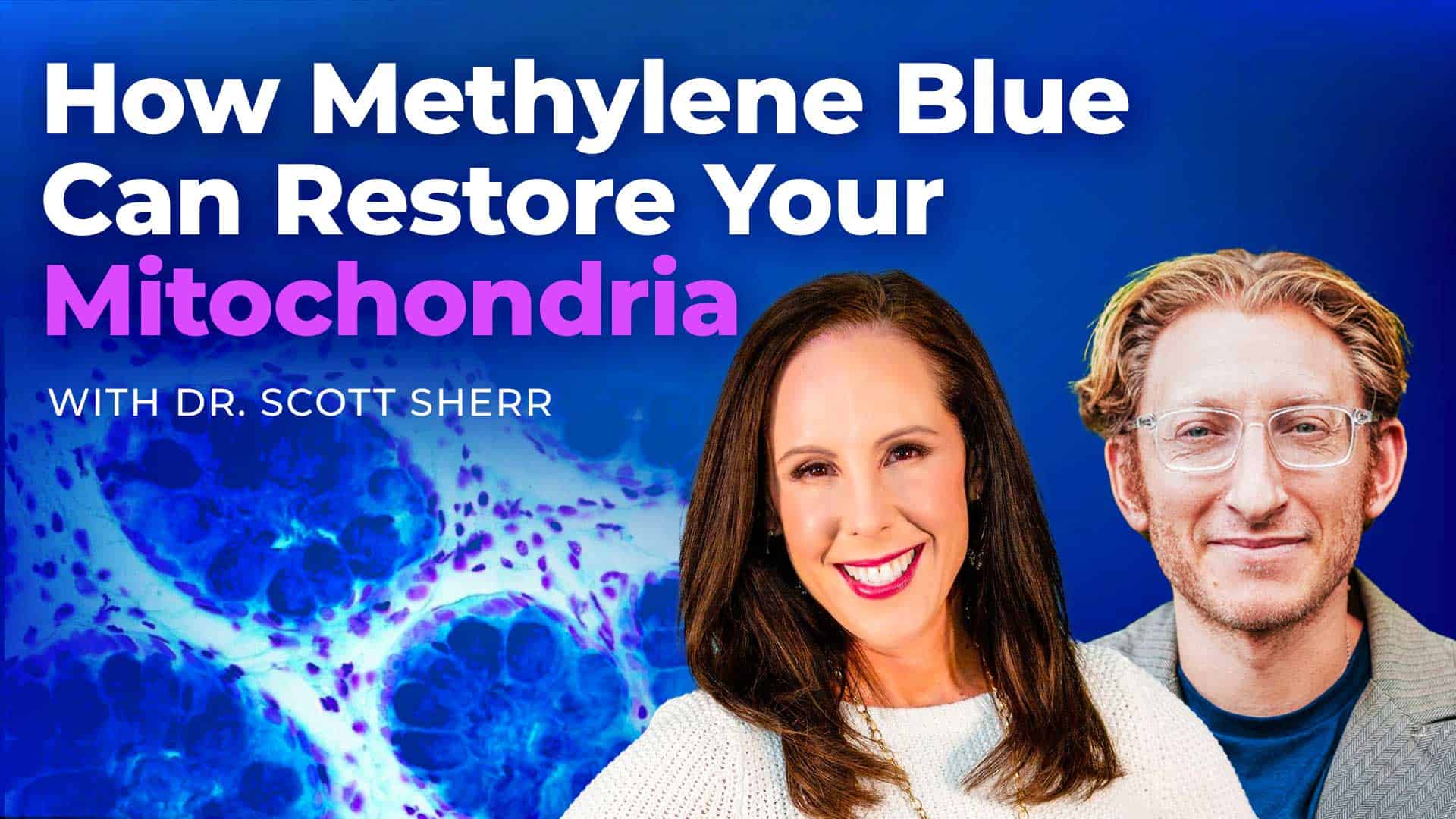
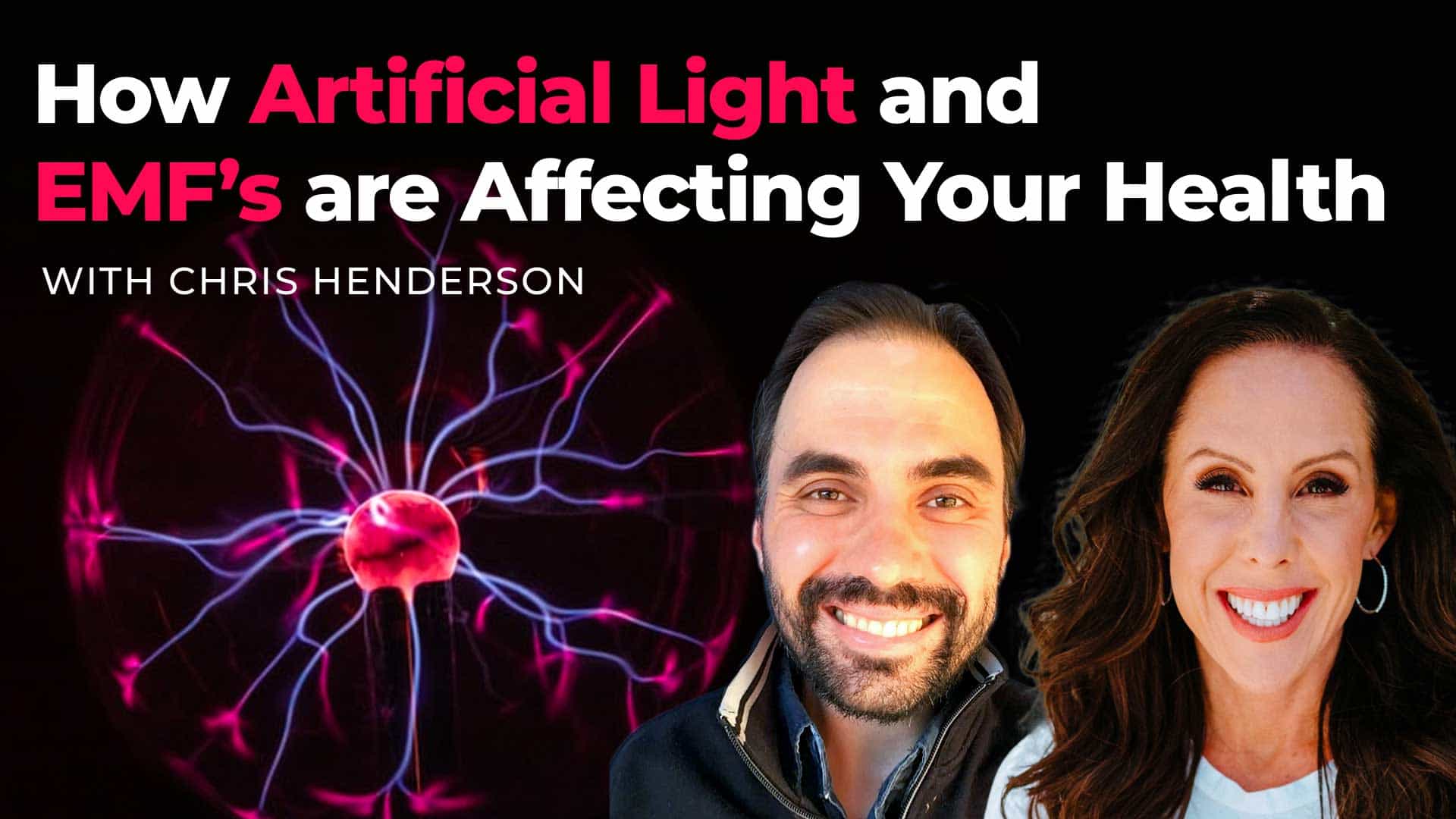
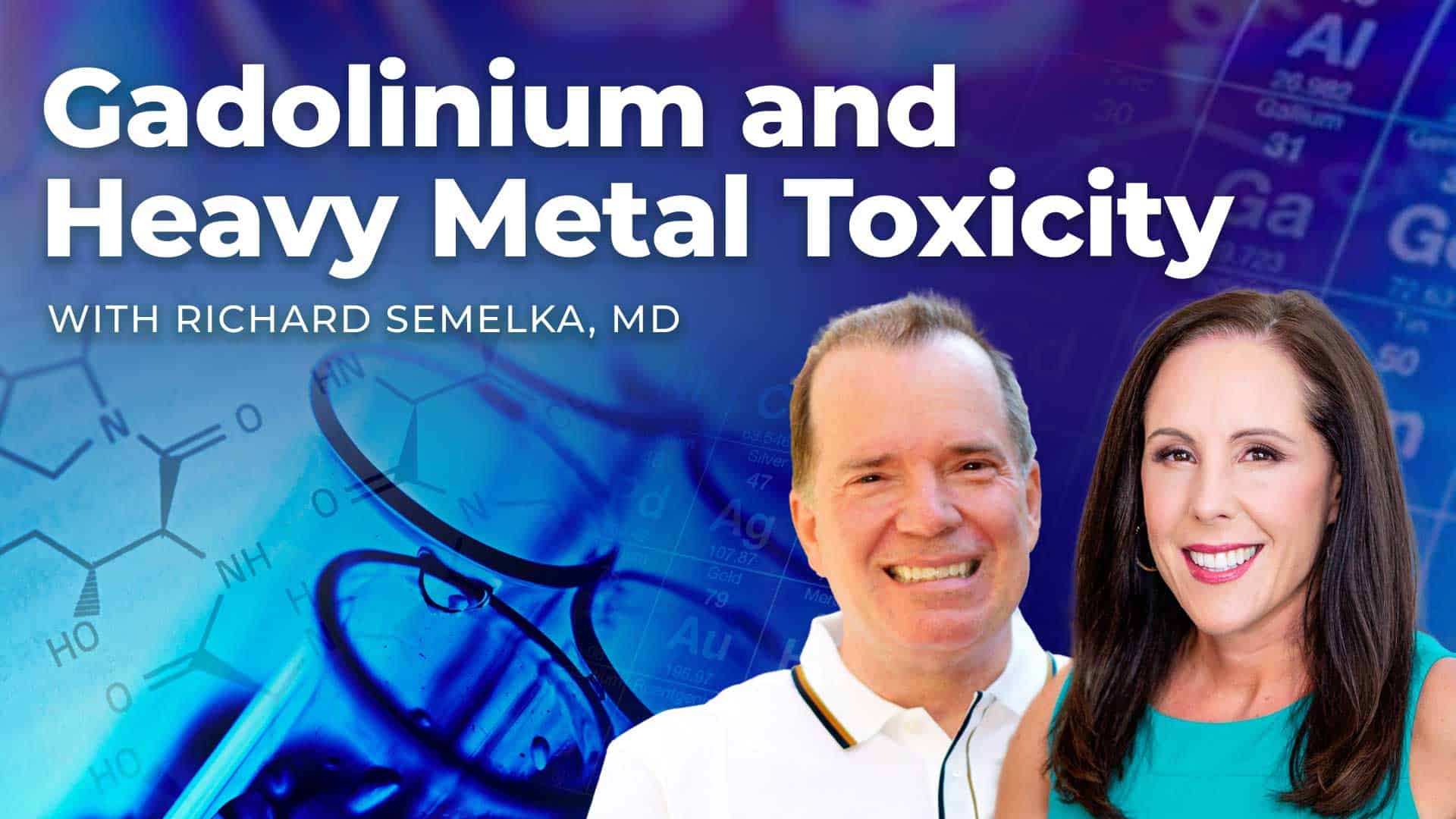
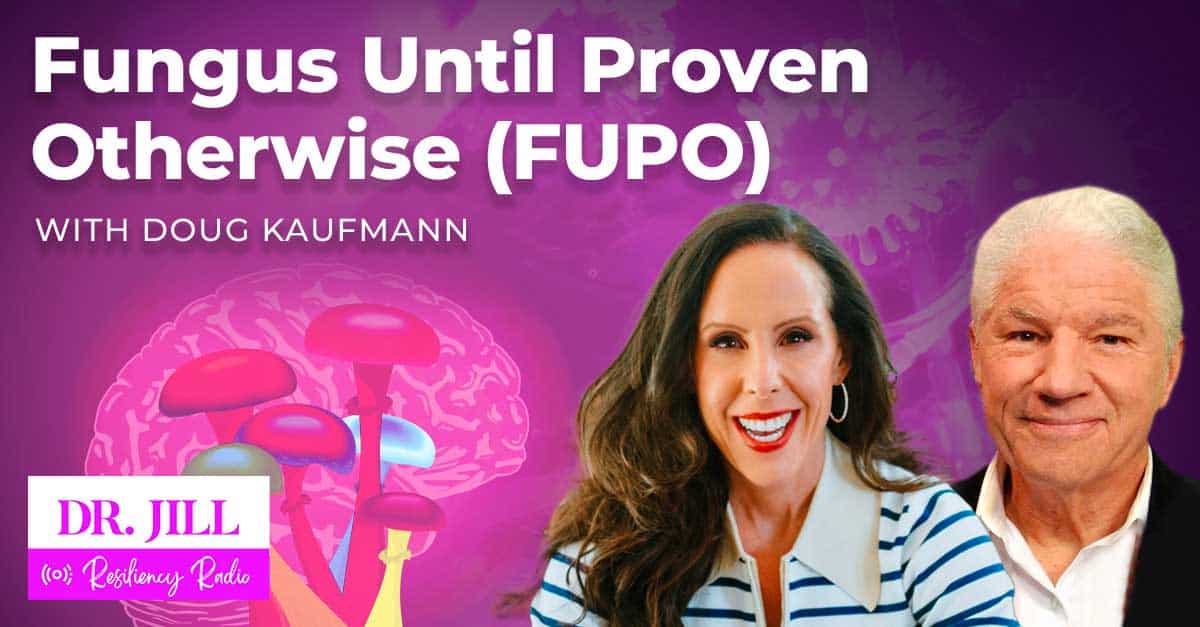


2 Comments
you might want to edit this article and mention that 90% of sea salt is believed to be contaminated with microplastics and that a better alternative is himalayan salt
Knew about this, but this great article brought it home to me, and left me puzzled as to how to move ahead. The tofu and tempeh I eat come wrapped in plastic. The veggies I get, all organic, also often come in plastic. Even when I go to the local farmers’ market, much of what’s there is wrapped in plastic. No idea of what to do now. Could use some support.
Share: